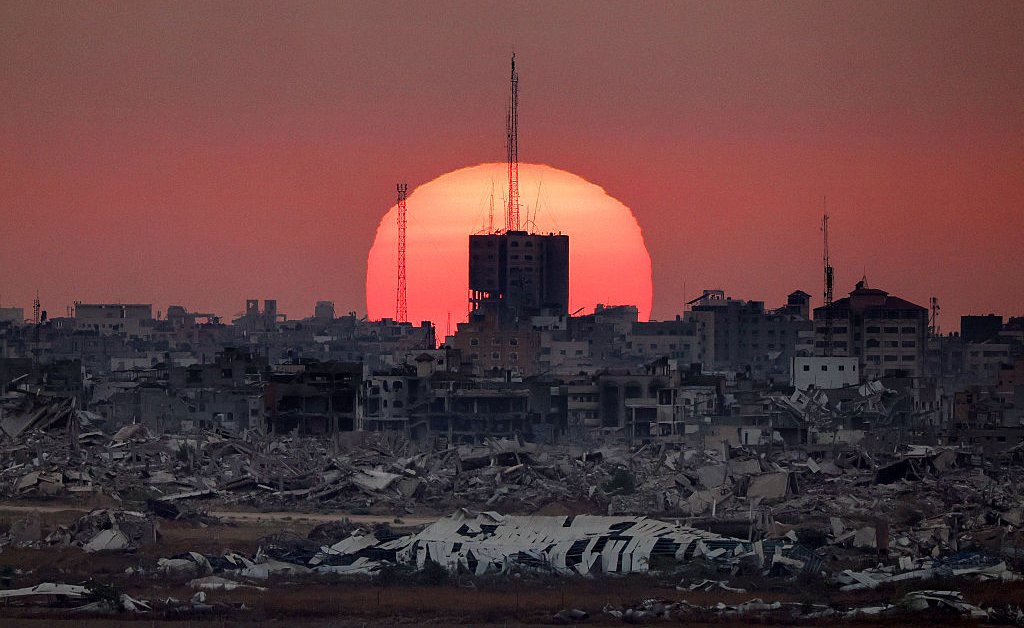Deep beneath the Zagros Mountains in central Iran, in a labyrinth of fortified tunnels outside the city of Natanz, centrifuges spun at speeds too fast for the eye to track. The cascade of machines, arranged in long halls and shielded by concrete and steel, have been central to Iran’s most sensitive nuclear work, and, until recently, largely immune to airstrikes. But this month Israeli warplanes penetrated Iranian airspace and struck multiple nuclear sites, including underground facilities thought to be untouchable.
While the full extent of the damage remains murky, satellite imagery and initial damage assessments by the International Atomic Energy Agency (IAEA) indicate that the strikes on Iran’s Natanz nuclear facility were particularly effective, knocking out the electricity to the underground area.
The Israeli strikes also blew up the uneasy nuclear status quo that existed in the Middle East for years while raising a daunting question: What happens if Iran decides that the only true deterrent is to build a bomb?
Read more: A New Middle East Is Unfolding Before Our Eyes
For over a decade, Tehran has operated just below the threshold of nuclear breakout capability. But this spring it abandoned that restraint. The IAEA reported in May that Iran had accumulated roughly 120 kg of uranium enriched to 60%—dangerously close to weapons-grade levels of 90%—and enough to build 22 nuclear bombs within five months if further enriched. At the same time, Iran began building a third enrichment hall on top of the two already in use. U.S. officials saw it as a provocation; Israel viewed it as a casus belli.
The military strikes Israel launched on June 13 were swift, surgical, and calibrated. Israeli officials described them as a pre-emptive operation to cripple Iran’s ability to build a nuclear weapon by targeting its main enrichment sites, nuclear scientists, and military officials.

But while the strikes appear to have disrupted Iran’s enrichment operations, it retains scientific expertise and stockpiled material, and now possesses a stronger incentive to bury its program even deeper. “If Iran survives the conflict, they could decide that a nuclear weapon is the only way to have deterrence,” says Alex Vatanka, a senior fellow at the Middle East Institute.
Iran could attempt a dash for a nuclear weapon at one of its remaining sites. One, at Fordo, is buried so deeply in mountains near the city of Qom that only the U.S.’s most powerful bunker-busting bomb—the 30,000-lb. GBU-57—is believed capable of reaching it.
The threat underscores the collapse of diplomatic efforts to constrain Iran’s program. “Trying to get to a deal now is infinitely harder than it used to be,” says Richard Nephew, who worked on Iran sanctions in the Obama Administration. Others are more hopeful about the outcome of the war. Says Matt Kroenig of the Atlantic Council: “We were on the verge of Iran becoming a nuclear power and it looks like now we’ve set that threat into the future.”








